Orthodontic Diagnosis And Treatment Planning Seminar Series
This course is designed to introduce the novice orthodontic clinician to the evidence-based methodology of orthodontic treatment planning. The seminar series teaches a systematic approach to orthodontic diagnosis that integrates the patient’s problem list, treatment objectives, treatment modalities and appliance design toward achieving successful clinical outcomes.
This interactive seminar series is composed of a collection of case presentations that use a structured method of skeletal, dental and soft tissue diagnosis geared towards establishing concise treatment objectives in the 3 planes of space. The presentations illustrate how to design, deliver, and execute the appropriate orthodontic mechanotherapy to meet the patient’s treatment objective and address their chief complaints. The seminars also introduce contemporary and classic orthodontic literature into the daily orthodontic clinical decision-making for an evidence-based practice.
The cases will be presented in a user-friendly PowerPoint format. They encompass a wide variety of clinical scenarios covering the entire spectrum of malocclusions.
- Dr. David Ferguson
- Dr. David Clayden
- Dr. Mark Alarbi
- To introduce the dental practitioner to orthodontic records acquisition and analysis.
- To develop the orthodontic clinician’s diagnostic competence and treatment planning proficiency.
- To teach the clinician how to set realistic and evidence-based treatment goals.
- To provide the dental clinician with exposure to a wide variety of orthodontic problems and generate seminar discussions of the multitude of topics associated with solving those problems.
- To familiarize the dental clinician with orthodontic language, methods of communication, and records keeping.
Every seminar is structured in 6 major parts:
- Presentation of case diagnostic records and analysis.
- Presentation of case treatment objectives and treatment plan.
- Presentation of orthodontic literature related to the case.
- Interactive classroom discussion of the presented case
- Presentation of case treatment progress and outcome.
- Interactive classroom discussion of case outcome.
Workshop assignments, reading assignments, and participation in interactive classroom discussions will be required to complete this course.
